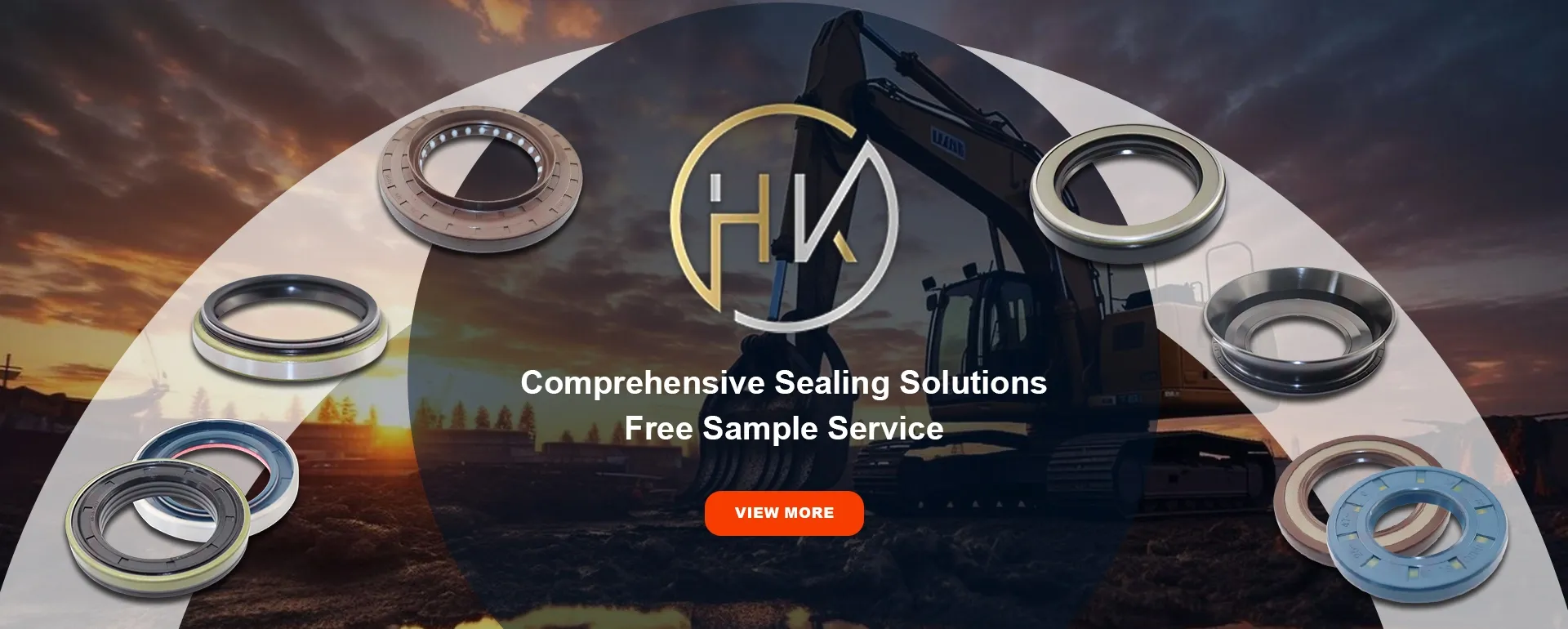Nov . 05, 2024 03:17 Back to list
oil seal
Understanding Oil Seals A Key Component in Mechanical Engineering
Oil seals, also known as grease seals, are essential components in machinery and automotive applications. They serve a critical role in preventing the leakage of lubricants from rotating elements, such as shafts and bearings, while simultaneously keeping out contaminants like dirt, dust, and moisture. The importance of oil seals cannot be overstated, as they enhance the efficiency and longevity of mechanical systems.
Oil seals are typically made from elastomeric materials, such as rubber or polyurethane, which possess excellent sealing properties and resilience. They are designed to fit snugly around rotating shafts, creating a barrier that minimizes friction and enhances performance. The design of an oil seal often includes a metal casing that provides structural integrity and support, ensuring that the seal maintains its shape under various operating conditions.
One of the primary functions of an oil seal is to retain lubrication within mechanical assemblies. In engines, for example, oil seals prevent engine oil from leaking out, which can lead to increased wear and tear on components and ultimately result in severe engine damage. In addition to engines, oil seals are widely used in gearboxes, hydraulic systems, and various industrial machinery, underscoring their versatility and importance in multiple sectors.
oil seal

The design and selection of an oil seal depend on several factors, including the application's operating temperature, pressure, and the type of lubricant used. Different seals are engineered for specific environments; for instance, some may be designed to handle high temperatures while others are suitable for wet conditions. Therefore, choosing the right oil seal is crucial for optimal performance and reliability.
Installation of oil seals is another vital aspect that requires attention. Proper alignment and mounting are essential to ensuring that the seal functions correctly and does not fail prematurely. When installing an oil seal, technicians must take care to avoid damaging the sealing surface and ensure that the seal is seated evenly to prevent leaks.
In conclusion, oil seals are integral to the functioning of various mechanical systems, serving the dual purpose of retaining lubricants and protecting against contamination. Understanding their design, materials, and installation process can contribute significantly to the durability and efficiency of machinery. As technology continues to advance, the demand for innovative oil seals that can withstand demanding conditions will only increase, reinforcing their importance in the realm of mechanical engineering. Proper maintenance and timely replacement of worn-out oil seals are also crucial steps in ensuring the longevity of any mechanical system.
-
TCN Oil Seal Metal Ring Reinforcement for Heavy Machinery
NewsJul.25,2025
-
Rotary Lip Seal Spring-Loaded Design for High-Speed Applications
NewsJul.25,2025
-
Hydraulic Cylinder Seals Polyurethane Material for High-Impact Jobs
NewsJul.25,2025
-
High Pressure Oil Seal Polyurethane Coating Wear Resistance
NewsJul.25,2025
-
Dust Proof Seal Double Lip Design for Construction Equipment
NewsJul.25,2025
-
Hub Seal Polyurethane Wear Resistance in Agricultural Vehicles
NewsJul.25,2025
-
The Trans-formative Journey of Wheel Hub Oil Seals
NewsJun.06,2025
Products categories
















